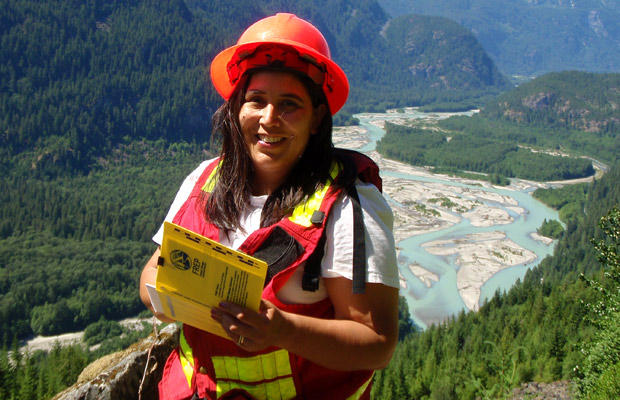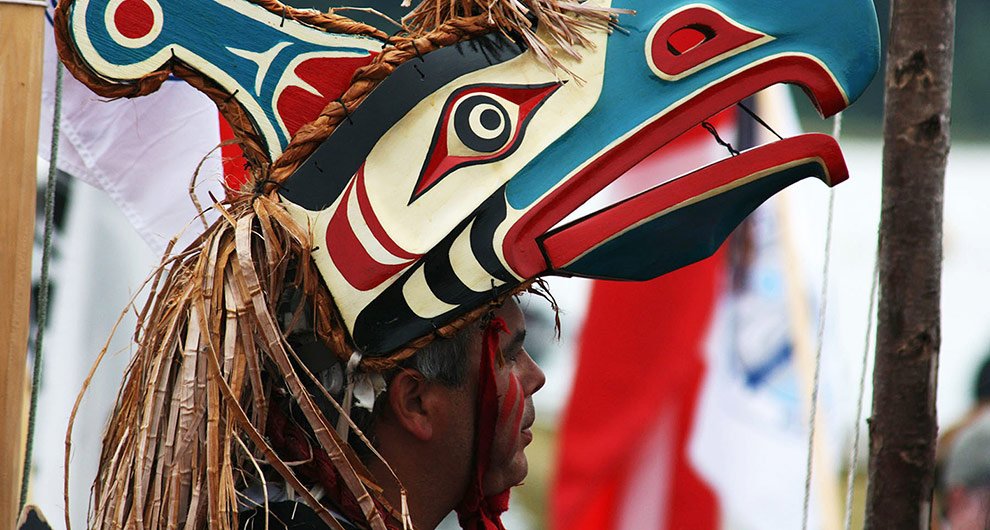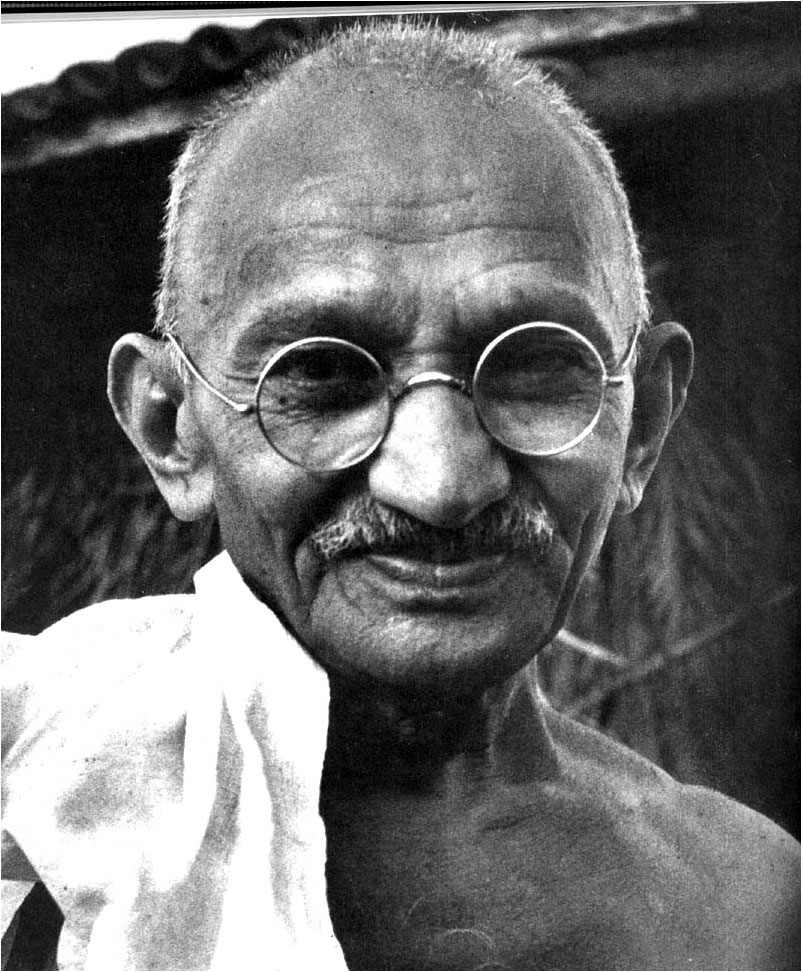Upholding Aboriginal Rights and Values in BC’s Forestry Sector
While the implementation of the interventions described in my previous post would likely take years to integrate into BC’s forestry system, today’s foresters still have a significant responsibility to identify and uphold Indigenous values in their forestry practice. At the heart of this responsibility lies the duty to engage with Aboriginal communities in ways that demonstrate trust, goodwill, respect, commitment, and transparency, as doing so contributes to the establishment of positive relationships between foresters and Indigenous peoples (Province of BC, n.d.). In order to build beneficial, long-term relationships, foresters must understand First Nations’ deep connection to the land, and honor this connection by addressing its manifestation in Aboriginal claims, proven rights, and treaty rights, as well as in Indigenous traditional, cultural, and spiritual practices (Province of BC, n.d.). Foresters must also recognize the obstacles that Indigenous communities may face in fully engaging in the consultation process: limited financial resources, lack of technical or business-related knowledge, time constraints, and geographic barriers, among other factors, may hinder First Nations ability to participate and make their voices heard (Province of BC, n.d.). To mitigate these potential challenges, foresters should maintain open communication with the Indigenous communities they engage with, strive to accommodate their needs and limitations in the consultation process, and, whenever possible, provide communities with the support and resources they need to achieve desired levels of participation (Province of BC, n.d.). In addition, foresters should build capacity within their organizations to recognize First Nations histories, cultures, governance, values, and interests (Province of BC, n.d.). Such capacity building must incorporate the promotion of progressive practices and values, and may include:
- placing emphasis on personal, social, and moral responsibility
- increasing awareness of cross-cultural differences and promoting their acceptance
- developing nuanced communication and collaboration skills
- acting with honor, openness, transparency and respect
- developing policies for engagement, employment, environment, and social responsibility with respect to First Nations groups
(adapted from Province of BC, n.d.)
Adoption of these practices will pave the way for more positive forester-Indigenous relationships in the future, in which Indigenous rights, values, and visions for the future are respected and upheld. While identifying and upholding Indigenous rights is a legal obligation of the forestry sector, it also “makes good business sense,” as it allows for increased certainty in strategic planning and financial investment, fosters increased Indigenous support for forestry operations, and leads to positive synergies through enhanced collaboration between foresters and Indigenous communities (Province of BC, n.d.). Thus, it can be see that the integration of Indigenous values and notions of sustainability into land and resource management is integral to the continued growth and vitality of BC’s forestry sector, and can be achieved through targeted changes in institutional models of forestry education, cross-cultural communication, and organizational ethics.
References for this series of posts:
Alfred, T. (2009). Peace, Power, Righteousness: An Indigenous Manifesto. New York: Oxford University Press.
Association of BC Forestry Professionals. (2006). Regulating the Profession: Practicing in BC. Retrieved from http://www.abcfp.ca/regulating_the_profession/practicing_in_bc.asp
BC Treaty Commission. (2009). Aboriginal Rights. Retrieved from http://www.bctreaty.net/files/issues_rights.php
Booth, A.L. & Skelton, N.W. (2011). “There’s a Conflict Right There”: Integrating Indigenous Community Values into Commercial Forestry in the Tl’azt’en First Nation. Society & Natural Resources, 24(4), 368-383. doi:0.1080/08941920902755390
British Columbia Ministry of Forests, Mines, and Lands [BCMFML]. (2010). The State of British Columbia’s Forests (Third Edition). Retrieved from http://www.for.gov.bc.ca/hfp/sof/2010/SOF_2010_Web.pdf
CBC News. (2013, January 8). 6 Landmark Rulings on Native Rights. CBC News. Retrieved from http://www.cbc.ca/news/canada/6-landmark-rulings-on-native-rights-1.1316961
Council of the Haida Nation. (2005). Haida Land Use Vision. Retrieved from http://www.haidanation.ca/Pages/documents/pdfs/land/HLUV.lo_rez.pdf
Hanson, E. ( 2009). Indigenous Foundations: Constitution Act, 1982 Section 35. Retrieved from http://indigenousfoundations.arts.ubc.ca/home/government-policy/constitution-act-1982-section-35.html
Indigenous Foundations. (2009a). Aboriginal Rights. Retrieved from http://indigenousfoundations.arts.ubc.ca/home/land-rights/aboriginal-rights.html
Indigenous Foundations. (2009b). Aboriginal Title. Retrieved from http://indigenousfoundations.arts.ubc.ca/home/land-rights/aboriginal-title.html
Law Commission of Canada (2006). Justice Within: Indigenous Legal Traditions [Discussion paper]. Retrieved from http://www.lcc.gc.ca
Lyall, A. (2015). Conservation 370 Second Assignment: Aboriginal Rights and Sustainability [Class handout]. Vancouver, BC: University of British Columbia. Retrieved from www.connect.ubc.ca
McCorkel, J., & Myers, K. (2003). What Difference Does Difference Make? Position and Privilege in the Field. Qualitative Sociology, 26(2), 199-231. Retrieved from http://link.springer.com.ezproxy.library.ubc.ca/content/pdf/10.1023%2FA%3A1022967012774.pdf
Minkler, M. (2004). Ethical Challenges for the “Outside” Researcher in Community-Based Participatory Research. Health Education and Behaviour, 31, 684-697. doi:10.1177/1090198104269566
National Center for Cultural Competence. (n.d.) Definitions of Cultural Competence. Retrieved from http://www.nccccurricula.info/culturalcompetence.html
Newman, D. (2014, May 6). Why the duty to consult may be harming aboriginal communities. The Globe and Mail. Retrieved from http://www.theglobeandmail.com/globe-debate/why-the-duty-to-consult-may-be-harming-aboriginal-communities/article18482956/
O’Neil, J. (1989). The Cultural and Political Context of Patient Dissatisfaction in Cross-Cultural Clinical Encounters: A Canadian Inuit Study. Medical Anthropology Quarterly, 3(4), 325-344. Retrieved from http://links.jstor.org/sici?sici=0745-5194%28198912%292%3A3%3A4%3C325%3ATCAPCO%3E2.0.CO%3B2-7
Parsons, R., & Prest, G. (2007). Aboriginal Forestry in Canada. The Forestry Chronicle, 79I(4), 779-784. Retrieved from https://cfs.nrcan.gc.ca/publications?id=24177
Province of British Columbia. (2014). Guide to Involving Proponents When Consulting First Nations. Retrieved from http://www2.gov.bc.ca/gov/topic.page?id=8CF98F756A984198AFD80AEA0E472F05
Province of British Columbia. (2015). Consulting with First Nations. Retrieved from http://www2.gov.bc.ca/gov/topic.page?id=8CF98F756A984198AFD80AEA0E472F05
Province of British Columbia. (n.d.). Building Relationships with First Nations: Respecting Rights and Doing Good Business. Retrieved from http://www2.gov.bc.ca/gov/DownloadAsset?assetId=C3995CFCF6FB431B9AE2AE22B0206B32&filename=building_relationships_with_first_nations__english.pdf
Provincial Health Services Authority BC. (n.d.). Indigenous Cultural Competency (ICC) Training. Retrieved from http://www.culturalcompetency.ca/training
Standing Senate Committee on Legal and Constitutional Affairs [SSCLCA]. (2007). Taking Section 35 Rights Seriously: Non-derogation Clauses relating to Aboriginal and treaty rights. Retrieved from http://www.parl.gc.ca/content/sen/committee/392/lega/rep/rep05dec07-e.pdf
Sunseri, L. (2007). Indigenous Voice Matters: Claiming our Space Through Decolonising Research. Junctures, 9 (December 2007), 93-106. Retrieved from http://www.junctures.org/index.php/junctures/article/view/69/63
The Aboriginal Justice Implementation Commission. (1999). Aboriginal & Treaty Rights. In The Justice System and Aboriginal People. Retrieved from http://www.ajic.mb.ca/volumel/chapter5.html
Tindall, D.B., & Trosper, R.L. (2013b). The Social Context of Aboriginal Peoples and Forest Land Issues. In D.B. Tindall, R. Trosper, & P. Perreault (Eds.), Aboriginal Peoples and Forest Lands in Canada (3-15). Vancouver, BC: UBC Press. Retrieved from http://www.ubcpress.ca/books/pdf/chapters/2013/AboriginalPeoplesAndForestLandsInCanada.pdf
Tindall, D.B., & Trosper, R.L. (Eds.). (2013a). Aboriginal Peoples and Forest Lands in Canada. Vancouver, BC: UBC Press. Retrieved from http://www.ubcpress.ca/books/pdf/chapters/2013/AboriginalPeoplesAndForestLandsInCanada.pdf
Trosper, R. (2007). Now that Paiute forestry is respectable: Can traditional knowledge and science work together? (Working Paper). Vancouver, BC: University of British Columbia.
Tsilhqot’in Nation v. British Columbia [Tsilhqot’in]. (2007). Supreme Court of British Columbia BCSC 1770. (portions)
Turning Point Initiative Coastal First Nations. (n.d.). EBM Fact Sheet 4: Conservation that Protects Our First Nations Values. Retrieved from http://www.coastalfirstnations.ca/sites/default/files/imce/Fact_Sheet_4.pdf
Wilson, K. & Henderson, J. (2014). First Peoples: A Guide for Newcomers. Vancouver, BC: City of Vancouver. Retrieved from http://vancouver.ca/files/cov/first-peoples-a-guide-for-newcomers.pdf
Wyatt, S. (2008). First Nations, forest lands, and “Aboriginal forestry” in Canada: from exclusion to comanagement and beyond. Canadian Journal of Forest Research, 38, 171-180. doi:10.1139/X07-214










